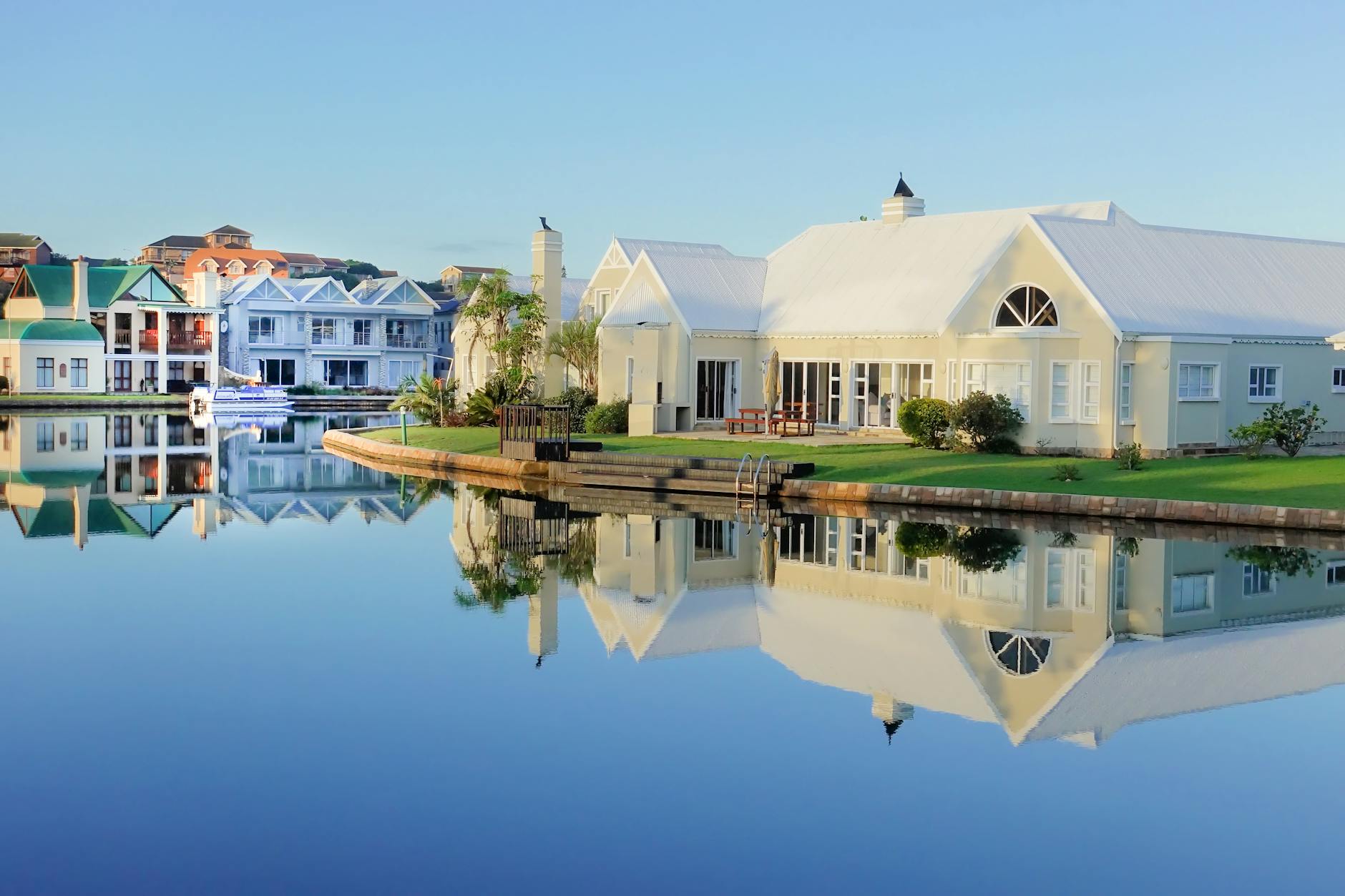Real estate investments can be risky, as evidenced by history. From an overinflated housing market to a bursting real estate bubble and poorly managed real estate investment funds, there are many pitfalls that investors must navigate when putting their money into real estate. Let’s look at some of the worst real estate events in history.
The Great Real Estate Bubble of 2008
The Great Real Estate Bubble of 2008 was one of the most devastating events in real estate investments. It was a period of unprecedented growth in the housing market. Easy credit and speculative buying fueled this growth. Home prices soared to unsustainable levels, leading to a bubble that eventually burst, causing widespread financial turmoil.
Those who invested during this housing market craze found themselves in a precarious position. Many had taken out large mortgages on overpriced properties, expecting that the value of their homes would continue to rise indefinitely. When the bubble finally burst and home prices plummeted, many investors still held properties worth significantly below the price they paid for them.
The consequences of the Great Real Estate Bubble of 2008 were far-reaching. Millions of homeowners faced foreclosures as they were unable to keep up with their mortgage payments. Banks and financial institutions that had invested heavily in mortgage-backed securities found themselves on the brink of collapse. The stock market also experienced a significant downturn as investors panicked and began selling off their assets.
In the aftermath of the real estate bubble burst, the housing market took years to recover. Some investors saw their properties reduced in value to only a small portion of what they had paid for them, while many others lost their whole life savings.
The Florida Land Boom and Bust
Many people consider the 1920s Florida Land Boom and Bust to be one of the worst real estate catastrophes in history. During this time, investors flocked to Florida in search of quick riches, purchasing land at inflated prices with the expectation of significant returns. Speculation ran rampant, leading to a bubble that eventually burst, leaving many investors financially ruined.
The boom began in the early 1920s, fueled by aggressive marketing campaigns and optimistic projections of endless growth in the Florida real estate market. Investors from across the country poured money into Florida properties, driving prices to unsustainable levels. The frenzy reached its peak in 1925, with land values skyrocketing and fortunes seemingly being made overnight.
However, the bubble quickly burst in 1926 when the market became oversaturated with speculators and the demand for land began to decline. As prices plummeted, many investors found themselves unable to sell their properties for anywhere near what they had paid. The once-thriving real estate market in Florida came crashing down, leading to widespread bankruptcies and foreclosures.
The Japanese Real Estate Bubble
During the 1980s, Japan experienced a period of rapid economic growth that led to a massive increase in property values. Investors flocked to the market, hoping to cash in on the booming real estate market. However, many failed to realize that the bubble was unsustainable and would eventually burst, leaving countless investors in financial ruin.
One of the key factors contributing to the Japanese Real Estate Bubble was the easy availability of credit. Banks were eager to lend money to investors, fueling the rapid rise in property prices. This easy access to credit led to speculation and overinvestment in the real estate market. It created a bubble that would eventually burst.
When the bubble finally did rupture in the early 1990s, property values plummeted, leaving investors with massive losses. Many individuals and businesses were left bankrupt, unable to recover from the collapse of the real estate market. The Japanese government had to intervene, implementing various measures to stabilize the economy and prevent further damage.
The Irish Property Bubble
During the early 2000s, Ireland experienced a rapid increase in property prices, fueled by easy access to credit and a booming economy. This led to a speculative frenzy, with investors purchasing properties at inflated prices in the hopes of making quick profits.
As the property bubble continued to grow, banks and financial institutions were lending money at unsustainable levels. This provided more incentives for the speculative market. Many investors were lured into purchasing multiple properties with the expectation of high returns. Many found themselves unable to sell or rent out their properties when the market eventually crashed.
When the global financial crisis hit in 2008, the Irish Property Bubble burst, resulting in a steep decline in property prices and widespread foreclosures. Many investors who had leveraged themselves heavily found themselves in financial ruin, unable to repay their loans or sell their properties at a profit.
Last thoughts..
When examining the worst real estate investments in history, we see that many investors suffered significant losses, partly due to putting all of their money into a single property or development project. Diversifying their real estate holdings across different types of properties and funds could have mitigated the impact of a downturn.
Putting all of your eggs in one basket is a recipe for disaster. A single bad investment can wipe out your entire portfolio. By spreading your investments across different asset classes, industries, and geographic regions, you can protect yourself from unforeseen market fluctuations.
This list is by no means all-inclusive. There are countless other events in history where investors lost staggering sums of their hard-earned money in real estate. These serve as a sobering reminder of the risks associated with investing in a market driven by speculation and easy credit. By learning from the mistakes of the past, investors can make more informed decisions and avoid falling victim to the pitfalls of bubbles and market crashes.
You may find this post relevant:
Stocks, Bonds, and Bubbles: 10 Most Disastrous Investments in History



